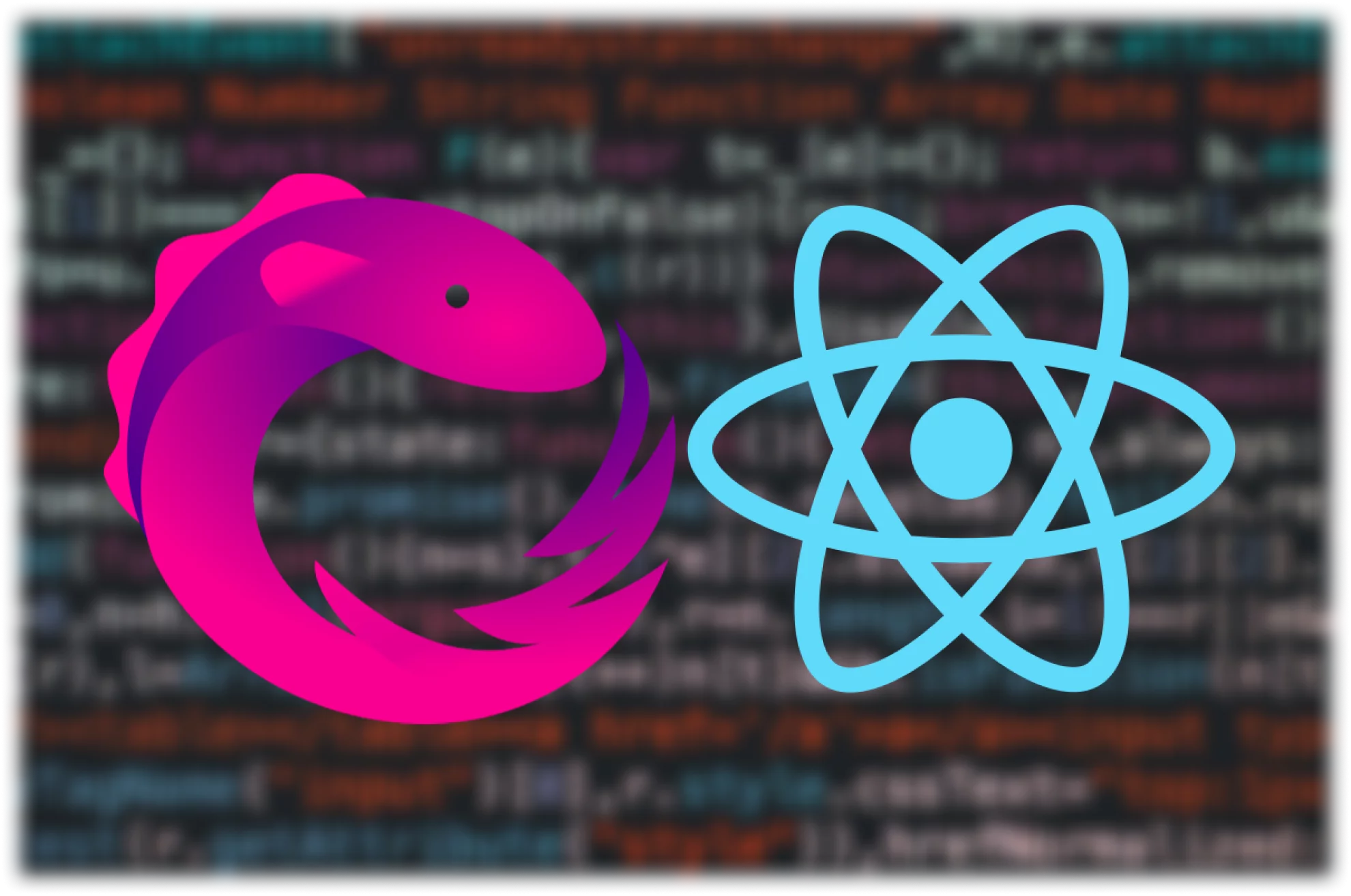Creating a flawless mobile app is a challenge in many ways. For starters, you need to choose the right approach. We explain how to decide between native, hybrid, and cross-platform mobile app development.
Developing an app can take anything from a few to over ten months, depending on the project’s complexity and the development team’s experience. It’s a long time, and in the IT industry, time is money more than anywhere else, with the average annual salary of a software engineer exceeding $110k.
There are ways to speed up the development process, but usually at the cost of quality. The drawbacks are often negligible given the benefits – but not always so. Balancing the pros and cons of a specific approach and evaluating its suitability for your project requires in-depth insight combining business and technological expertise.
For a rough overview, let’s compare the three approaches to creating an app: native, cross-platform, and hybrid, with their advantages and limitations.
What is native app development?
Native development is based on designing an app for a specific operating system, typically Android or iOS. The notion refers predominantly to native mobile development, although it also applies to other environments, like web, desktop, VR, etc. Designing software for a particular platform allows you to leverage all the features of a device and provide users with the best possible experience.
That’s why many companies dream of having their apps built natively, but only some can afford it. Creating platform-dedicated software requires using platform-specific programming languages, frameworks, and integrated development environments (IDEs), following an operating system’s guidelines, including security requirements, and having relevant expertise within your development team or partnering with a team extension provider.
What are the recommended tools for building native apps?
Android and iOS apps are built with different tools and require different expertise from developers. As per Google’s 2019 announcement, the preferred language for developing Android apps is Kotlin, with Java also being a frequent choice. For iOS apps, developers typically choose Objective C or Swift.
IDEs also differ, with Android IDE, Android Studio, IntelliJ IDEA supporting Android app development and AppCode, Atom, and XCode dedicated to designing iOS-oriented software. Native app examples include Spotify, WhatsApp, Pokemon Go, SoundCloud, and Tesla.
What is cross-platform app development?
Companies that value cost efficiency, want to launch their product fast and are willing to compromise a tad in quality may opt for shortcuts. Basically, they have two ways to choose from: cross-platform app development and hybrid app development. Let’s dig into the former first.
As the name suggests, the approach is based on targeting several platforms at a time rather than one. A cross-platform app is developed with a single codebase and can run on multiple operating systems. The code is interpreted for execution at runtime by OS environments.
With reusable code, cross-platform development is faster than building native mobile apps. It’s also cheaper since there’s no need for different, platform-specific tech stacks, making it an attractive option for small and medium businesses. Cross-platform apps are also recommended for projects where time is of the essence.
What are the cross-platform app development frameworks?
There are a bunch of tools you can use for building a cross-platform app, but two stand out the most: React Native and Flutter. Both rank as top cross-platform development frameworks preferred by professional developers according to Stack Overflow’s 2022 Developer Survey and enjoy strong backing from their makers and communities.
React Native, Facebook’s creation, offers near-native performance, tons of plugins, and a powerful API. Flutter, born at Google, comes with a wide selection of pre-built widgets, runs fast, and delivers a smooth user experience.
Runner-ups include Ionic and Microsoft’s Xamarin, both also great UI development kits. Cross-platform apps are not a rarity in the high league. Examples include Airbnb, eBay Motors, Google Ads, and Skype.
What is hybrid app development?
Hybrid app development is yet another alternative to building native applications. It’s frequently confused with the cross-platform solution due to similarities between the two and in spite of the fact that both approaches are distinctly different.
Hybrid apps combine native code with web technologies. In a way, they bridge the mobile and web worlds – hence the name. In hybrid apps, the core software is written in HTML, CSS, and JavaScript. This web-like layer is placed in a native application wrapper with tools like Apache Cordova or Capacitor.
Rather than being displayed within a web browser, a hybrid app is run from a native app’s own embedded view renderer – WKWebView for iOS and WebView for Android. Through various plugins, hybrid apps can access a mobile device’s native features (the extent of the access depends on fine-tuning), overcoming the limitations of web-only apps.
Like cross-platform mobile applications, hybrid apps run on multiple platforms, and they can cut development time and costs by one-third or more.
What are the tools for developing hybrid platforms?
Since a big part of a hybrid app is pure web, the core code is developed with front-end development technologies in HTML, CSS, and JavaScript languages. The native shell application wrapping the web layer is created primarily with frameworks like Apache Cordova and Ionic’s Capacitor, which provide plugin systems for accessing OS features and hardware capabilities of mobile devices. Popular hybrid apps include Evernote, Gmail, JustWatch, Travelstart, and Twitter Lite.
What are the pros of native mobile app development?
There are substantial benefits of native app development. Platform-specific software can use all the operating system’s features. As a result, it has greater capabilities and is faster, less laggy, buggy, and crashy.
Native apps boast higher security and are easier to fix, maintain, update, and augment with new features. Last but not least, they’re able to work offline. Overall, they provide a better user experience.
What are the cons of native apps?
There is one: costs. They include both salaries paid to native app developers and time spent on dual development (iOS and Android apps), testing, bug fixing, and maintenance.
What are the pros of building cross-platform applications?
Cross-platform mobile development also comes with a range of benefits. The list starts with lower development costs. With only one tech stack required, cross-platform applications are cheaper to create than separate native apps. Since the process is faster, a shorter time to market is another critical benefit.
With top-notch cross-platform frameworks, like React Native and Flutter, you can make sure OS-agnostic apps provide a high-quality user experience and consistent performance across platforms. They’re also easier to maintain and update than native apps that come in two or more OS-dedicated versions.
What are the cons of cross-platform mobile apps?
The cross-platform approach has several limitations that depend on the type of the project, development tools, and developers’ skills. Typically, downsides include worse-than-native UX, possible compatibility issues in different devices, the complexity of the development process related to bridging differences across platforms for a consistent experience, and dependence on third-party solutions, which pose security and maintenance risks.
What are the pros of hybrid app development?
Hybrid applications can be even cheaper and faster to develop than cross-platform apps. They run under different operating systems and don’t require separate development efforts, reducing time-to-market.
By means of plugins, hybrid software can access most of a platform’s features, like calendars, notifications, or hardware functionalities. It can also be designed to work both online and offline, depending on where it stores information. Hybrid applications are recommended for targeting multi-platform audiences, speedy development scenarios, and minimum viable products (MVP).
What are the cons of the hybrid approach?
Again, same as cross-platform apps, hybrid applications can’t match native app performance. Other drawbacks involve limited access to platform features, security vulnerabilities, and performance issues in resource-intensive apps. Also, the hybrid approach offers developers more freedom and flexibility, which is a plus but makes the project more prone to mess-ups. Ultimately, the scope of the cons depends on the developers’ skills.
Native vs. cross-platform vs. hybrid: which approach will suit your project?
Native mobile development has hefty advantages but is not always viable. The first thing to consider is your budget, the second – time. Make sure you’ll have enough of them in the future to deliver on maintenance and updates. In short, if your resources allow for the native approach, go for it. If you want to weigh more arguments in favor or against native apps, consider that they’re the best option when full access to a device’s features is fundamental, security and privacy are paramount, and your users are UX-sensitive.
With evolving technologies, cross-platform development is not far behind native solutions. In many cases, the quality gap is negligible, while differences in development cost and time are substantial. Your project will be fine with the cross-platform development approach if you care about performance but don’t consider slight UX glitches an existential threat.
As regards the hybrid approach, for mobile operating systems it’ll work better than a web app. However, it won’t match native and cross-platform solutions. Hybrid is a good choice if you focus on cost-efficiency and rapid development more than on user experience. It will definitely do the job for many startup and pilot projects.
Choosing the right approach to development is always a challenge, as it requires considering a range of factors, some less obvious yet essential. If you need advice on how to handle your projects, feel free to reach out anytime!











